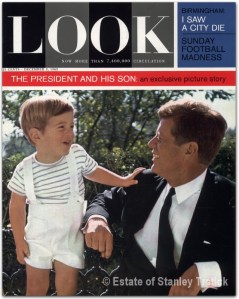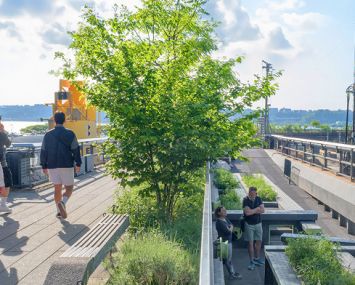
April 13, 1945, and a 16-year-old kid in the Bronx snapped a photo of a newsstand vendor, his face hemmed in by headlines. “F.D.R. Dies!” and “Roosevelt Dead!” they read. The boy wonder with the 35-millimeter was the quiet, brooding sort with an impossibly deep-set gaze, and he went by the name Stan Kubrick. A junior at William Howard Taft, Kubrick was the son of Jewish immigrants, and he spent more time at the Loews Paradise movie palace than at school. When the New York Daily News offered him $10 for his photo, the enterprising future auteur cut across town to the offices of Look magazine, which outbid the paper by a whole $15.
By the time he graduated high school, Kubrick had a $50-a-week gig as a Look staff photographer. He angled his camera with “truthful ambiguity,” as he would call it, and he turned it on everything: showgirls and subway riders, B-movie actresses and variety-show auditions, middleweight prizefighters and young couples on fire escapes. It was, he later said, “a miraculous break.” Not only did it provide him with the resources and platform to refine his talent, but it served as “a quick education in how things happened in the world.”
At the time, the oversize glossy spreads of Life and Look magazines were finding their way into living rooms and train cars across the country. People discovered an insatiable hunger for something that, not long before, they hadn’t known they needed: pictures. It wasn’t that photography was new so much as it was newly cheap, and in 1936, Henry Luce founded Life and thereby turned a whole generation into consumers of images. A year later, Look followed suit, and both magazines dispatched photographers out into the world by the hundreds, reaping the riches from roll after roll of negatives.
If Life chronicled what Henry Luce called the “American Century,” Look was concerned with that century’s backstory, the often strange and slapdash narratives of self-invention that populated its streets. For Look, New York served as a heady incubator of ambition, a city where outsiders, strivers and misfits rubbed up against the glittering world of fortune and fame, a gleaming global capital that was nonetheless propelled by ordinary people and comprised of working-class neighborhoods.
NEW YORK WAS ALSO a city in flux, undergoing its largest building boom since the 1920s. In 1957, Look did a feature on the Park Avenue modern architectural lineup, the blaze of development that transfigured the residential neighborhood north of Grand Central into a sheer vertical corridor of glass. Among a group of architectural titans, Gordon Bunshaft stands in godlike proportion to a model of Lever House, his Modern magnum opus. The architects stand like deities posed beside their glass-and-steel cathedrals of commerce.
The Look Building, which went up at 488 Madison Avenue in 1950, was a pioneering player of the postwar metamorphosis itself. The building’s developers, the redheaded fraternal duo Percy and Harold Uris, capitalized on new Modernist tastes and deposited large, unornamented boxes around the city. “We’re not building in a vacuum,” Percy Uris told Time in 1954. “We’re building in a market.” The brothers’ buildings frequently drew comparisons to either wedding cakes or Assyrian ziggurats, and the Look Building was among the former. Its curved, white edges are layered with two miles of ribboning glass windows, stacked one on top of another and tapering to a 23-story finish. Designed by Emery Roth & Sons, in many ways, the building presaged things to come, but it was also a stylistic departure for the firm, which went on to define the city’s monotone glass-and-steel vernacular. The Look Building, while it drew some criticism at the time, was at least committed to its bold masonry of rounded white brick.
When it was built, the style was still novel enough that the facade’s giant letters demanding that passersby “Look” may have been unnecessary. The letters themselves were somewhat controversial, as Esquire, another tenant in the building, objected loudly to its designation as the Look Building. It even filed a suit against the naming, but to no avail. It was not just the building but the era of Look.


